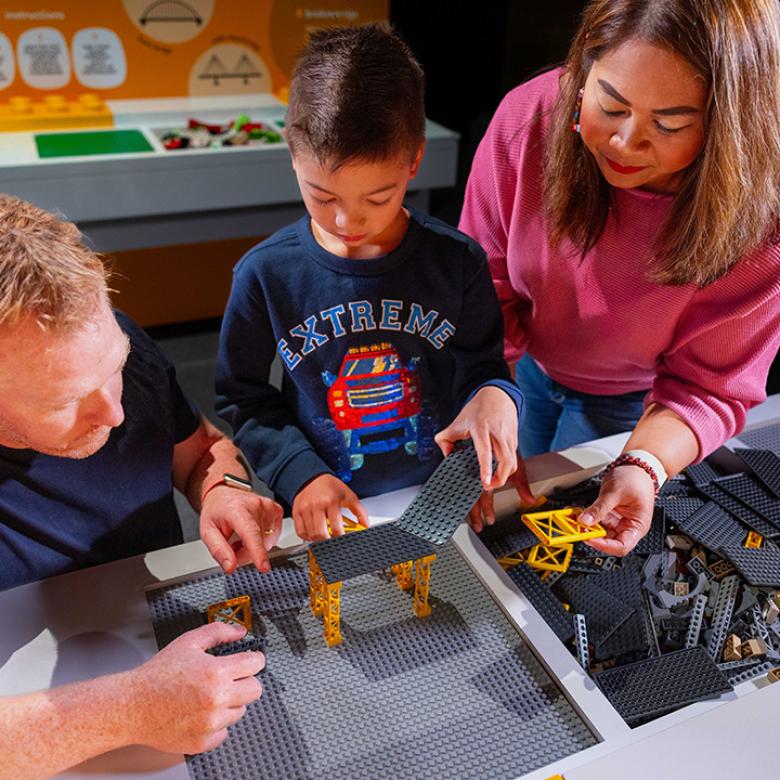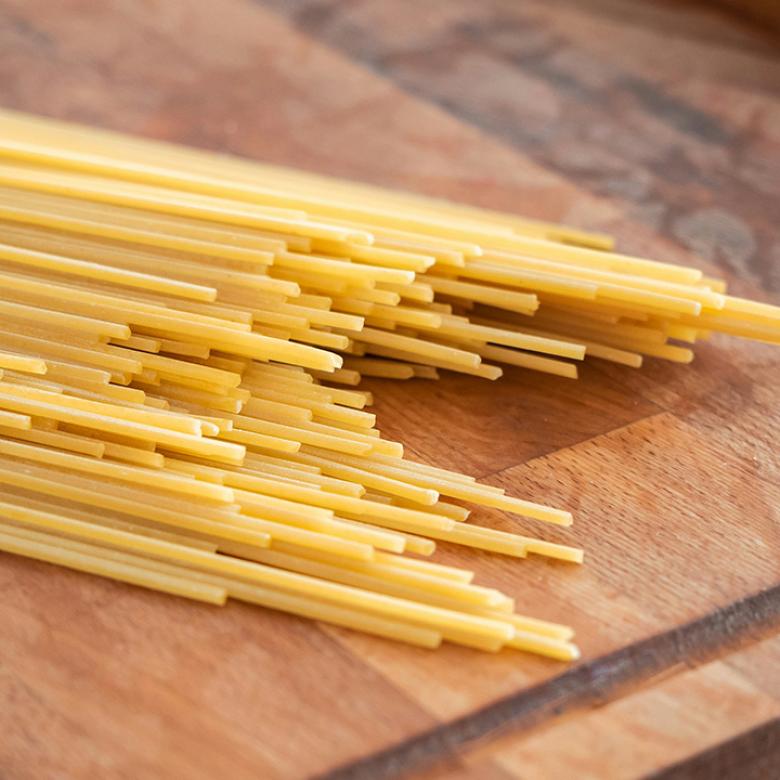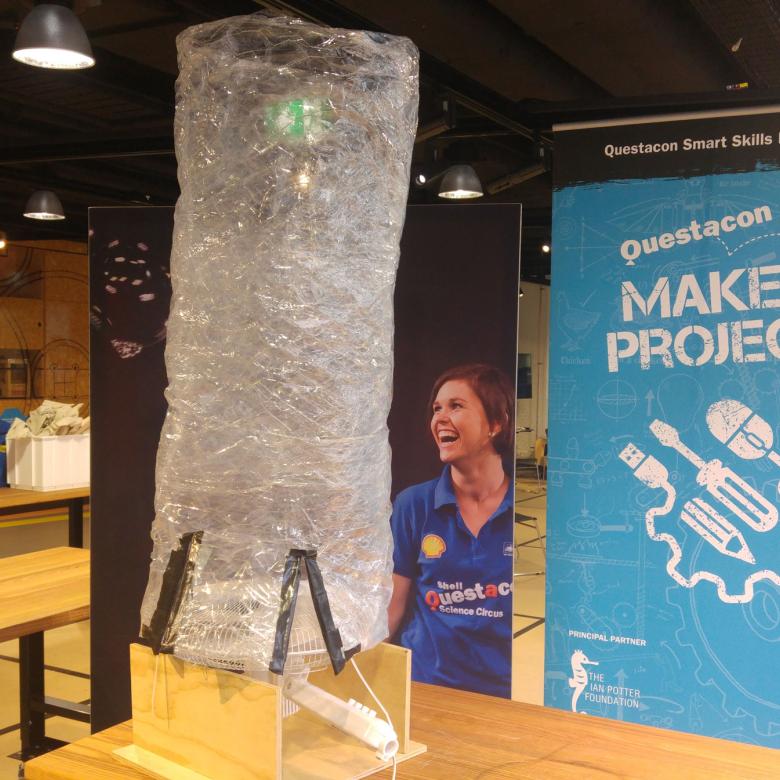You’ll need
- Clean glass jars with lids (at least 5, or one each if doing this activity as a class group)
- Masking tape or sticky labels
- Pencil
- Trowel (or large spoon)
- Soils collected around your home, neighbourhood or school
- Whiteboard markers
- Spray bottle
- Water
- Print or download the Soil Classification Chart
What to do
- Put some blank labels on your jars using the masking tape or sticky labels.
- Pack your jars, pencil and trowel in a bag and set off to collect your soil samples!
- Using the trowel, collect soil samples from various locations such as parks, gardens and schoolyards. Collect one sample at each site, filling the jar completely.
- Write the location of each sample on the label as you collect them.
- Take your samples home (or back to the classroom) to study them. What colour are they? What can you see in the soil: stones, sticks, sand?
Experiment A
- Take a spoonful of soil from one jar and place it in the palm of your hand.
- Spray it lightly with water and try to roll it into a ball. Is the soil gritty? Is it sticky? Is it silky? Will it roll into a ball easily? Is it hard to squeeze?
- Use the decision chart to identify your soil type.
- Repeat this for each sample.
Experiment B
- Place your soil samples on a flat surface, like your desk or kitchen table.
- Remove some soil from each of your samples so that each jar is about one-third full of soil.
- Mark the soil height on the side of the jar with a whiteboard marker.
- Pour water into the jars until it reaches nearly to the top. Mark this level with a marker.
- Observe what happens when you add water. Were there many bubbles? Did some parts of your sample float to the top?
- Stir or shake the jars to mix the water and soil well.
- Allow the samples to settle for a few hours.
- After a few hours, what do you see? Have your samples settled out into different layers? Have the heights of the water and soil changed? Are there different colours in the layers? Are there different sizes of soil particles in your soil?
Questions to ask
Were your samples similar or different?
Did samples from similar areas have similar characteristics?
Create a map of where samples were collected to see if you can group similar soils by location.
What's happening
Soil is made up of different sized particles of minerals that are from broken-down rocks. The largest particles are sand particles. Sandy soils let water drain through and do not hold on to nutrients. Sandy soils can cause problems for plants because they can be low in nutrients and dry out quickly.
The smallest soil particles are clay particles. Clay soils hold on to water and nutrients. Clay soils can become waterlogged and muddy, which can also cause problems for plants.
Silt particles are slightly larger than clay particles and can hold some nutrients.
Loam is a type of soil made from a mixture of sand, silt and clay. It can let water drain through without drying out and can hold on to nutrients. You can feel gritty sand particles and the stickiness of clay.
When the soil is covered with water, stirred and allowed to settle, the soil will break up into its different particle sizes. If you saw bubbles or the water level dropped, that is a sign that the soil contains a lot of air. These pockets of air allow rainwater to soak through the soil and reach plant roots. Soils with bigger particles have bigger air pockets, meaning water flows through quickly.
Did you notice any sticks or twigs in your soil? Healthy soil also contains organic matter such as twigs and pieces of plant roots. This organic matter absorbs water and helps provide a steady supply of nutrients.
Did you know
Healthy soil contains not just minerals and old roots but also fungi, which help break down plant matter. Fungi capture nutrients and water from the soil using fine threads called mycelia. The mycelia stretch out and form large colonies of fungus. The largest colony of fungus is in the United States and is more than 8 km2 in area. It is about 2,400 years old and one of the largest living organisms in the world.






